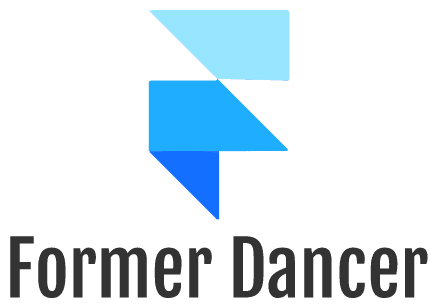Have you ever received some hoped-for good news (getting a promotion or raise, your crush calling you for a date, a game win or something else) and broken out into a spontaneous happy dance? Perhaps it looked like one of these: Happy Dance GIFs – Find & Share on GIPHY. Or perhaps it was your own thing, something from high school, something goofy. It was probably something bouncy, something with a fist pump, hip wiggles, or kicking – something that goes with “woot woot!” It may have had a little song with it, improvised or something you knew.
Pharrell Williams’ song “Happy” (2013, from the movie Despicable Me 2) is a perfect happy-dance song. The LA Public Library showed this well in their YouTube video (https://www.youtube.com/watch?v=DOChp9C7DVc). Here’s another version by NY hospital workers: HHC Elmhurst Hospital Center’s “Happy”. These videos create as well as express happiness by showing how one can be happy even at work in locations that are usually thought of as sedate (library) or grim (hospital). Happy dancing can add a dash of joy to an otherwise stressful or humdrum work existence. See how this airport traffic controller turned his job into something joyful with a happy dance: Air traffic dancer: Runway worker puts on a show for passengers.
There is no doubt that football end-zone celebrations count as a version of happy dance, in short because they are physical and for the primary purpose of emotional expression. To the extent that a player makes a dance their own, that is even a sort of creative self-expression that includes a compositional or artistic element. Deion Sanders’ end-zone dancing is one good example of this. Here’s an example of him teaching one of his signature dances to Whoopi Goldberg on The View: Deion Sanders Teaches Whoopi Goldberg End Zone Dance.
Many wedding dances are happy dances. The hora, for example, is often a traditional part of Jewish weddings, and it certainly expresses communal joy in the couple’s happiness. It, too, like the Williams’ song above, is bouncy, with the bride and groom bounced high overhead in chairs. See here: Dance the Hora: How to do the Jewish Wedding Dance.
What is it about happy dancing that is universal? Why does it feel so natural to add emphasis to an emotional state with a dancing physical expression? Anthropologists or evolutional psychologists might have an answer to this that has something to do with how human beings thrive emotionally when we are connecting to others in joy as well as in other emotions. But I think it’s enough to say that happy dances are part of the happiness of human life.

Leave a Reply